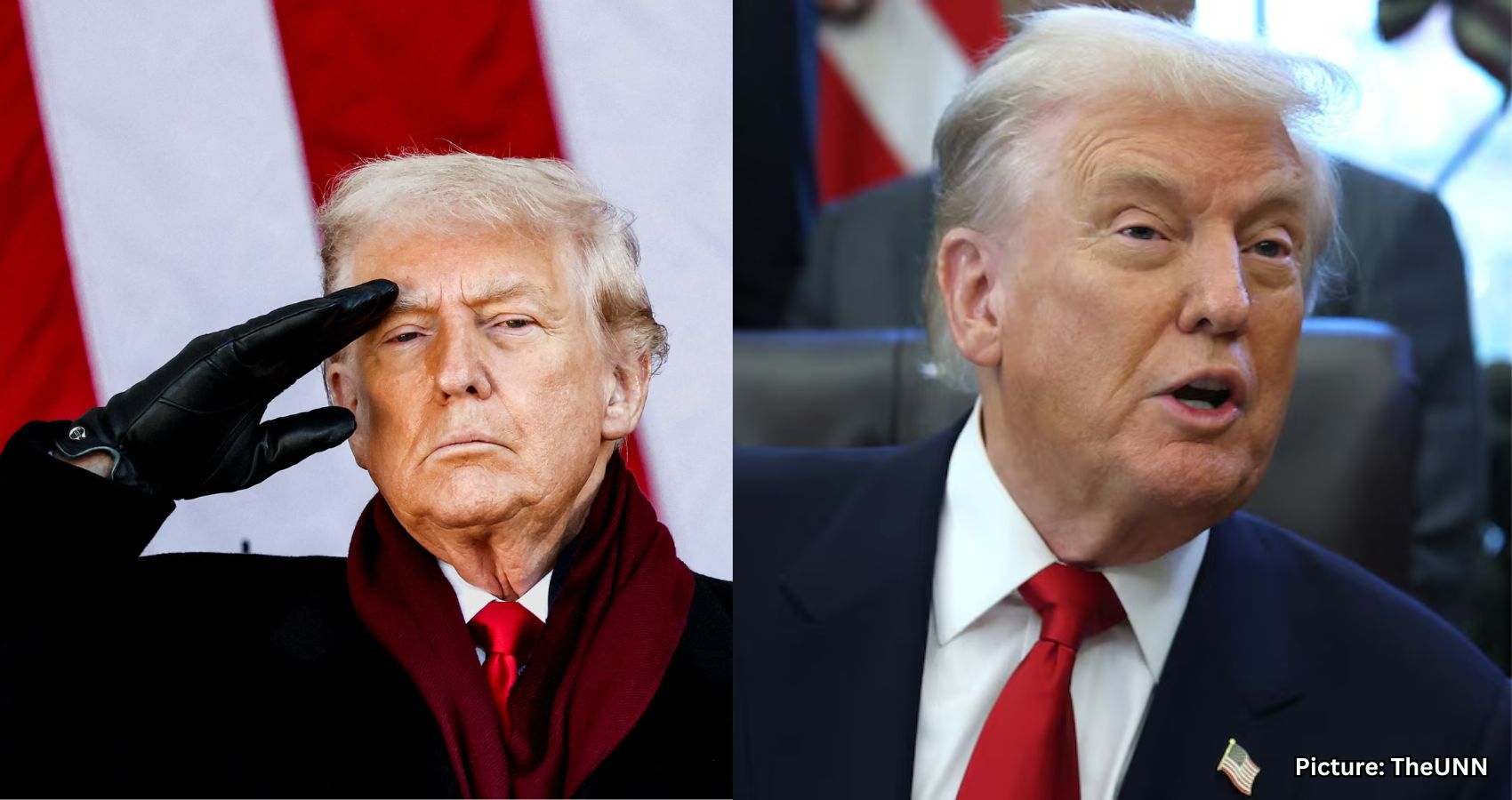President Trump is committed to distributing $2,000 dividend checks to Americans funded by tariff revenue, although the proposal faces significant legislative and economic hurdles.
President Donald Trump has expressed a strong commitment to distributing $2,000 dividend checks to every American, a plan he intends to fund through tariff revenue. White House Press Secretary Karoline Leavitt confirmed this initiative during a press briefing on Wednesday.
Leavitt stated, “The president made it clear he wants to make it happen. So his team of economic advisers are looking into it.” This announcement has sparked discussions about the potential implications and logistics of such a proposal.
During an appearance on ABC News’ “This Week,” Treasury Secretary Scott Bessent noted that the tariff dividend could take various forms. He emphasized that he had not yet discussed the specifics of the proposal with Trump. Bessent mentioned that the dividend could align with the tax reductions included in the president’s agenda, which aim to eliminate taxes on tips, overtime, and Social Security, as well as provide deductions for auto loans.
Trump initially shared his proposal via social media on Sunday morning, highlighting the benefits of tariffs. He stated, “People that are against Tariffs are FOOLS! We are now the Richest, Most Respected Country In the World, With Almost No Inflation, and A Record Stock Market Price. 401k’s are Highest EVER.” He further asserted that a dividend of at least $2,000 would be paid to every individual, excluding high-income earners.
If the dividend were to be made available to individuals earning $100,000 or less, it could potentially reach around 150 million Americans, resulting in an estimated total cost of $300 billion in dividends, according to Erica York, a policy expert at the Tax Foundation.
As of now, no legislation has been enacted to authorize this program, and specific eligibility criteria, such as income thresholds or dependent status, have yet to be defined. Experts have raised concerns regarding the sustainability of funding such payments solely through tariff revenue, as tariffs represent only a minor portion of federal income and are subject to fluctuations based on trade activities.
The proposal reflects a policy approach that seeks to utilize revenue generated from trade for direct benefits to citizens. However, significant uncertainties remain regarding its implementation. Factors such as budgetary constraints, legislative approval, and economic conditions could all influence the feasibility of the plan.
As it stands, the tariff dividend should be viewed as a proposed policy rather than a definitive program. It underscores the ongoing interest in direct financial measures as a means of economic stimulus, while also highlighting the challenges associated with ensuring such measures are fiscally sustainable, legally authorized, and administratively practical within the framework of U.S. governance.
Source: Original article

